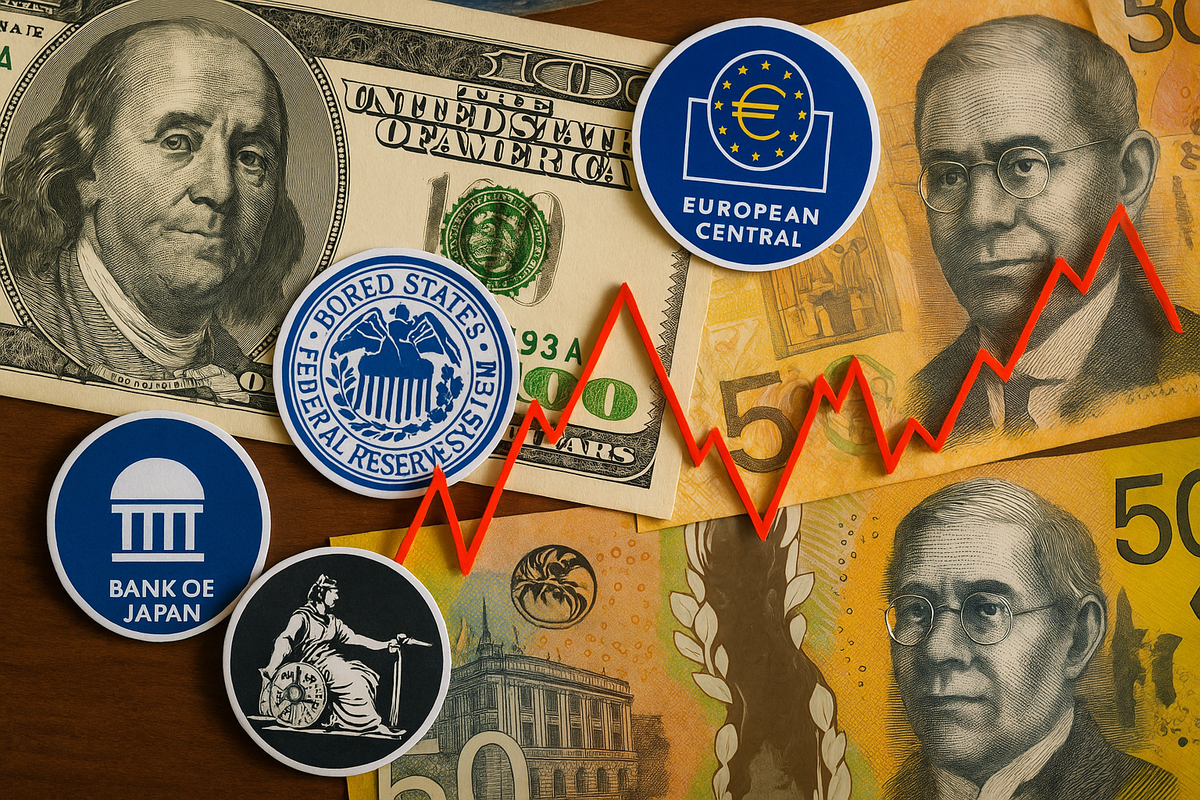
By Elke Porter | WBN News Global | May 7, 2025
In April 2025, the pace of interest rate cuts among major central banks slowed markedly, reflecting heightened caution amid persistent inflation and geopolitical uncertainties. Of the central banks overseeing the world’s ten most heavily traded currencies, only two—the European Central Bank (ECB) and the Reserve Bank of New Zealand (RBNZ)—opted to lower rates, each by 25 basis points, totaling a modest 50 basis points in reductions.
Notably, the Reserve Bank of Australia (RBA) held its benchmark rate steady in April, despite economic indicators suggesting a slowdown in consumer spending and rising cost-of-living pressures. The decision coincided with a federal election, leading some analysts to speculate that the RBA aimed to maintain a non-partisan stance during the political transition.
In contrast, the Bank of Canada (BoC) had reduced its policy rate by 25 basis points to 2.75% in March, responding to escalating trade tensions and tariffs imposed by the United States, which threatened to dampen economic activity and elevate inflationary pressures. This move was part of a series of cuts totaling 2.25 percentage points since June 2024, aimed at bolstering the Canadian economy amid external shocks.
The divergence in monetary policy approaches underscores the complex balancing act central banks face: stimulating growth without exacerbating inflation. With global economic conditions remaining volatile, central banks are likely to proceed cautiously, prioritizing stability over aggressive stimulus measures in the near term.
#Central Banks #Interest Rates 2025 #Global Economy #Inflation Watch #Monetary Policy #Finance News #Banking Trends #Rate Cut Update #WBN News Global #Elke Porter
Connect with Elke at Westcoast German Media or on LinkedIn: Elke Porter or contact her on WhatsApp: +1 604 828 8788


